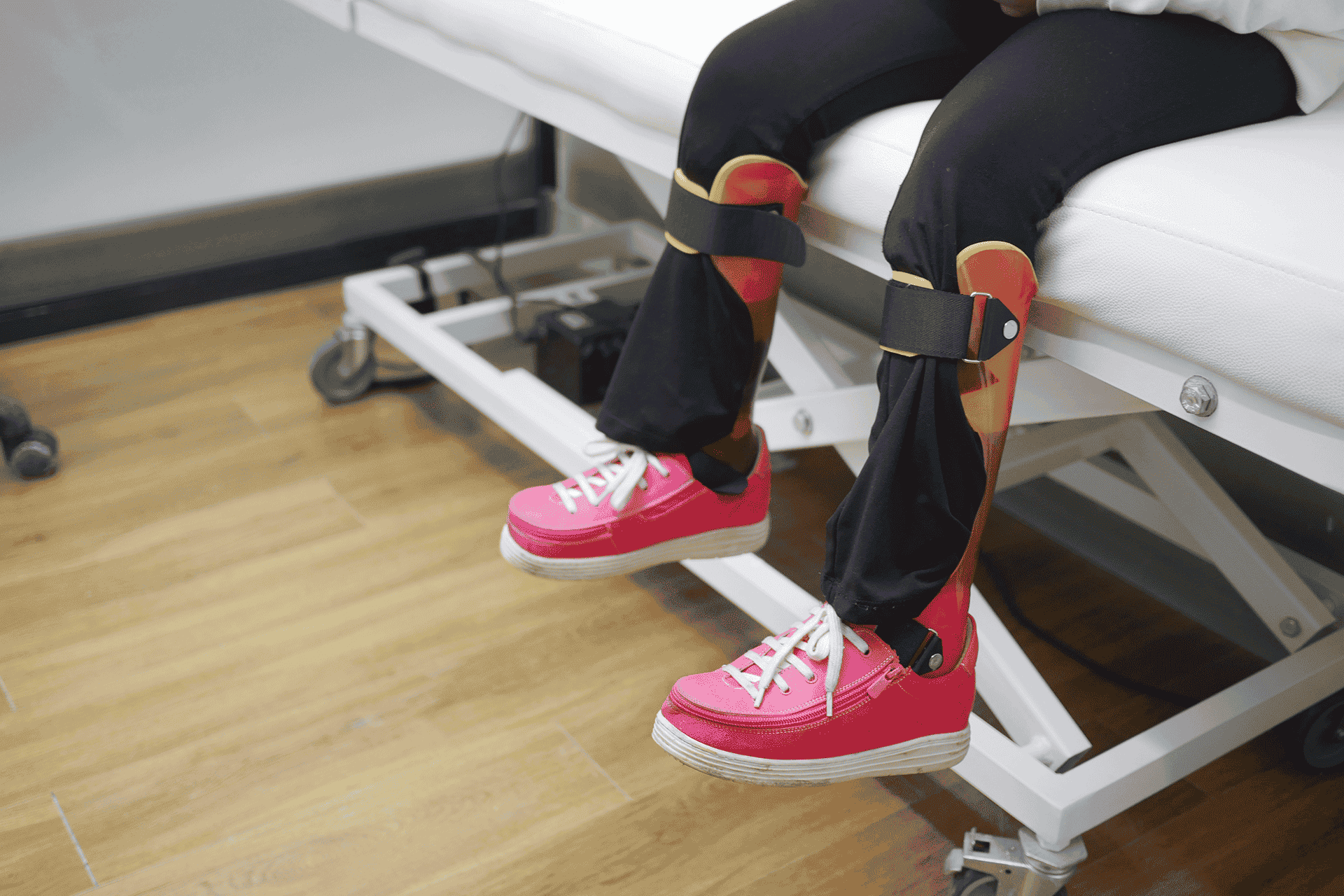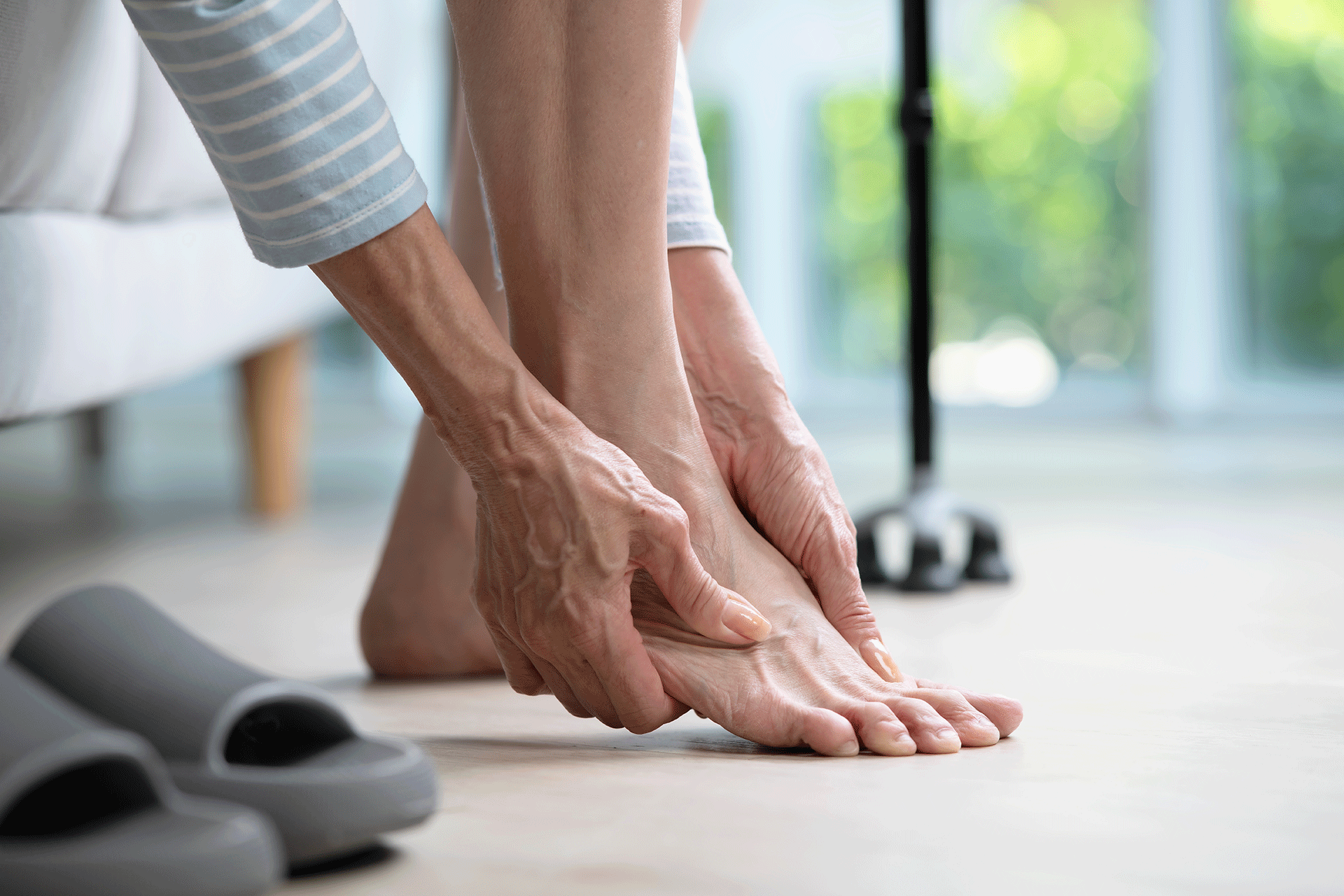Home Office Edition: How To Prevent Work Injuries
When we hear the term “work injury”, most of us probably picture someone doing physical or labour-intensive work. However, you might be surprised to learn that many of the injuries our patients have sustained throughout the COVID-19 pandemic haven’t been a result of physically demanding jobs. In fact, we’ve seen a wave of patients who have been working from home in the last year, with a range of aches, pains and strains as a result of falling victim to poor office ergonomics.
While finding time for physical activity has been challenging as of late, there are still ways to better your posture, improve the quality of your work environment and stay physically active during these times.
In this blog, we’ll review 3 of our most important work from home tips to help you prevent at-home work injuries. If you’re experiencing pain, we’ll also go over how we can help with that too.
Tip #1: Be mindful of your posture
Sitting at a desk for lengthy periods of time is a surefire way to establish bad posture, which can eventually lead to lower back pain, shoulder pain, strained wrists, carpal tunnel and a wide variety of other symptoms. While working from home, many of us have also unfortunately experienced longer intervals of straight sitting, without appropriate breaks in-between.
While those who are used to working in an office setting may be required to spend quality time at their computer for a good chunk of the day, there are ways to decrease the stresses on your body from having poor posture. Some tips include:
- Avoiding laying in bed or sitting on the couch too long with your computer (this won’t provide the right support for your back and neck)
- Sitting at a dedicated desk or table that is ergonomic (see our tips below)
- Sitting at a comfortable ergonomic chair that will support good posture (this includes one that provides adequate lumbar support, that allows your feet to touch the floor/a footstool, that allows you to sit evenly and that allows your elbows to sit at a 90 degree angle)
- Taking a 10 minute break after each hour of sitting (try using this time to stretch or go for a short walk!)
Tip #2: Set up an ergonomic work environment
Ergonomics is the name given to the study of the relationship between people and the tools they use. When it comes to your home office setup, these are all components of ergonomics — and when you haven’t got things set up to meet your specific proportions or needs, this can definitely have negative effects on your posture, eyesight and overall physical and mental well-being.
To prevent strain and injury from becoming a part of your at-home work routine, it’s essential that you set up an ergonomic work environment. The three most important factors to consider are:
- Choosing a desk with the right height: To prevent issues such as strained forearms or shoulder and back pain, make sure you are working at a desk that is set at the right height. Ways to determine if your desk is the right height include making sure your feet sit flat against the floor, that your legs fit comfortably under your desk and that the angle between your forearm and upper arm is between 90 degrees and 110 degrees.
- Choosing the right ergonomic chair: Be sure to choose a chair that allows you to sit with your feet flat on the floor (or a footrest) and with your thighs parallel with the floor. If you can find a chair with a reclining back section or tilting capabilities, this is also a great way to reduce tension on your back. A chair with a natural curve (or a lumbar pillow) will also provide necessary support for your lower back area.
- Placing your screen at the right level: Given that you’re likely to be staring at your screen for the duration of your shift, the right placement of your dedicated monitor or laptop screen is critical. For best results, place your screen at least 20 inches in front of you, angle it around 10 to 20 degrees and keep the top line of your screen around your eye level.
Tip #3: Consider at-home exercises or physiotherapy
If working from home has started to take a toll on your body, finding small breaks throughout the day to do mini-exercises can make a world of difference in helping you maintain good posture. Being stuck in the same position for too long is one of the easiest ways to experience aches and pains, muscle spasms and reduced joint range of motion.
We suggest taking quick breaks and trying these stretches:
- 10 reps of shoulder blade squeezes
- 30 seconds of wrist stretches
- 10 reps of seated chair rotations (5 for each side)
If none of the above-mentioned methods seem to work, you may be a good candidate for physiotherapy. At Delta Physiotherapy & Rehab, we provide a multidisciplinary approach to treating injury — and can successfully help you manage any pain you might be experiencing from prolonged periods of working at a desk.
Combined with a comprehensive approach that we’ll tailor to treat your specific injuries and symptoms, we offer several types of hands-on treatment — including manual therapy,
acupuncture,
shockwave therapy,
massage therapy and
laser therapy.
Contact Delta Physiotherapy & Rehab Today
If you’re looking for a dedicated team that’s ready to help you manage your pain from at-home work strains, our experts at Delta Physiotherapy & Rehab are ready to help. We’ll tailor a personalized treatment plan that’s right for you.
To learn more about how to get started, call us at 905-270-3086, email us at info@deltaphysiotherapy.ca or book an appointment online today.










